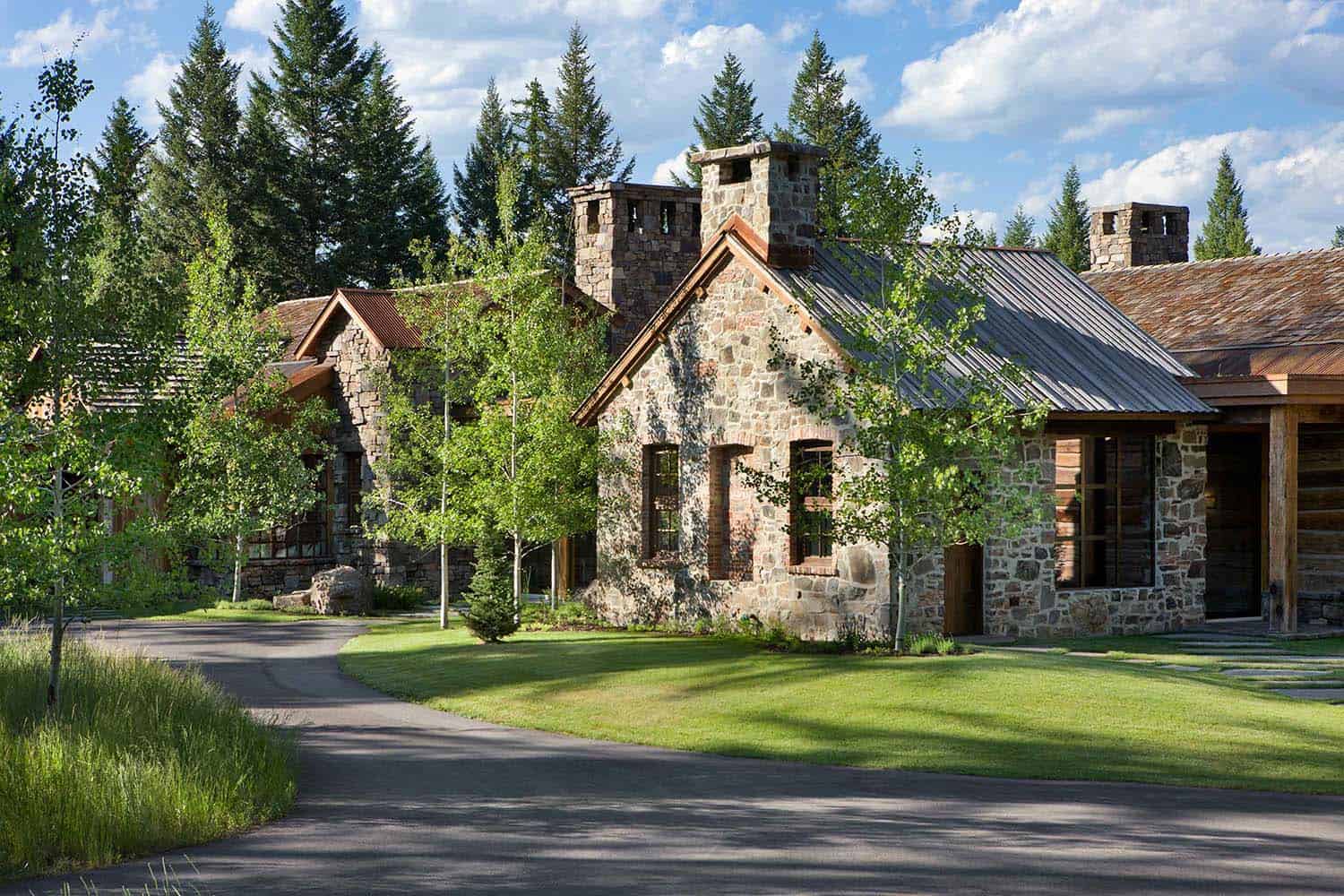Are you a homestead dreamer looking to transform a vast space into a sustainable paradise? With a 15 acre homestead permaculture design, you can create a self-sufficient ecosystem that thrives on natural principles and provides an abundance of resources. The concept of permaculture goes beyond traditional farming, incorporating a holistic approach that works with nature rather than against it. This article will guide you through the essential elements of designing your own 15 acre homestead with permaculture principles.

Understanding Permaculture
Permaculture is a philosophy that seeks to create sustainable and self-sufficient agricultural systems modeled after natural ecosystems. It emphasizes the harmonious integration of landscape, people, and environment to produce a resilient system. The word itself is derived from ‘permanent agriculture’ and ‘permanent culture.’ By designing a 15 acre homestead permaculture, you can ensure that your land remains productive and healthy for generations.
Principles of Permaculture
The design of a 15 acre homestead permaculture is based on several key principles:
- Observe and Interact: Spend time understanding your lands natural patterns.
- Catch and Store Energy: Use renewable resources like solar and wind power.
- Obtain a Yield: Ensure your efforts produce tangible results.
- Apply Self-Regulation and Accept Feedback: Adapt to changes and learn from mistakes.
- Use and Value Renewable Resources: Prioritize resources that can be replenished.
- Produce No Waste: Implement recycling and composting strategies.
- Design from Patterns to Details: Start with a broad plan and refine specifics.
- Integrate Rather Than Segregate: Encourage cooperation between elements.
- Use Small and Slow Solutions: Build systems incrementally.
- Use and Value Diversity: Cultivate a variety of plants and animals.
- Use Edges and Value the Marginal: Maximize the productive potential of boundaries.
- Creatively Use and Respond to Change: Be adaptable and innovative.
Site Analysis for Your 15 Acre Homestead
Before diving into your permaculture design, conduct a thorough site analysis. This involves observing the lands topography, climate, soil type, water sources, and existing vegetation. Understanding these elements will help you create a design that enhances the natural features of your land.
Mapping Your Land
Start by creating a detailed map of your 15 acre homestead. Mark the locations of natural features such as streams, ponds, and hills. Identify areas with the best sunlight exposure and wind patterns. This map will serve as a foundational tool for your design.
Designing Your Permaculture Layout
Zones in Permaculture
Permaculture design utilizes zones to organize the space efficiently:
- Zone 0: The home or central living area.
- Zone 1: Areas for daily use like vegetable gardens and herb patches.
- Zone 2: Less frequently visited areas such as orchards and larger gardens.
- Zone 3: Pastures and larger crops.
- Zone 4: Semi-wild areas for timber and other resources.
- Zone 5: Untouched wilderness for wildlife habitat and inspiration.
Water Management
Water is a crucial resource in any permaculture design. Implement strategies like rainwater harvesting, swales, and ponds to capture and store water. These features can also support aquatic ecosystems and enhance biodiversity.
Soil Health and Crop Selection
Healthy soil is the foundation of a productive homestead. Use techniques such as composting, cover cropping, and crop rotation to enhance soil fertility. Select a diverse range of crops suited to your climate and soil type to ensure year-round production.
Integrating Animal Systems
Animals play a vital role in a permaculture system. They can help manage pests, fertilize the soil, and provide food and other resources. Consider incorporating chickens, ducks, goats, or sheep into your design. Each species offers unique benefits and requires different management strategies.
Creating Wildlife Habitats
Encouraging wildlife on your 15 acre homestead can enhance biodiversity and ecosystem health. Plant native species, create hedgerows, and provide nesting sites to attract beneficial wildlife.
Building Sustainable Structures
When designing structures on your homestead, prioritize sustainability. Use natural and recycled materials, and incorporate energy-efficient designs. Consider building greenhouses, barns, and storage facilities to support your permaculture system.
Renewable Energy Solutions
Implement renewable energy solutions to reduce reliance on fossil fuels. Solar panels, wind turbines, and geothermal systems can provide clean energy for your homestead.
Continuing Education and Community Involvement
Permaculture is a lifelong learning journey. Engage with local permaculture groups, attend workshops, and seek mentorship from experienced practitioners. Sharing knowledge with others can strengthen your community and enhance your learning experience.
Connecting with Local Resources
Utilize local resources and expertise to enhance your 15 acre homestead. Collaborate with nearby farmers, join co-ops, and participate in community-supported agriculture programs.
Conclusion
Designing a 15 acre homestead permaculture is a rewarding endeavor that requires careful planning, observation, and a commitment to sustainability. By following permaculture principles and working with the land, you can create a thriving ecosystem that nourishes both you and the environment.

FAQ
What is the first step in designing a permaculture homestead?
The first step is conducting a thorough site analysis to understand your lands natural features, such as topography, climate, and soil type.
How can I manage water resources on my homestead?
Implement strategies like rainwater harvesting, swales, and ponds to capture and store water effectively.
Why is biodiversity important in permaculture?
Biodiversity enhances ecosystem health, provides resilience against pests and diseases, and increases productivity.
For more insights on homestead design, explore homestead farm design ideas and discover sustainable living practices.
Visit our erosion control tips and learn about winter preparation for your homestead.
Discover how to diversify your homestead income and explore creative Airbnb ideas for extra revenue.





